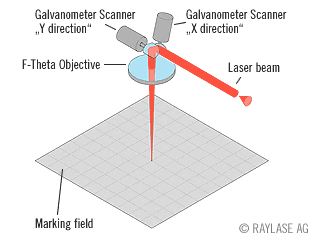Example 1
The drill file, viapattern-via52.txt, needs to be converted to laser format.
Upon opening the file in a text editor we can examine the first few lines:
G48
T01C.0080
%
G92X000000Y000000
G80
X000000Y000000
T01
G81
X-029803Y-015022
X-029646
X-029803Y-014663
We can see that there is only one tool (T01) with a diameter of 0.008. We see that leading zeros are included, and based on our experience and examining the data we know that the format is 2.4. We are going to use units of inches because the coordinates and drill diameter make no sense in mm.
Therefore our command line should be:
c:\wcad\drl2lsr\drl2lsr.exe <-- the conversion engine
viapattern-via52.txt <-- the drill file to convert
-drlunits:inch <-- units of the drill file
-drlformat:2.4 <-- data format of drill coords
-drlzeroinc:leading <-- zero inclusion parameter
-drlxymode:absolute <-- coordinate mode parameter
-laser <-- output laser file
-out:via <-- output file base name
-log:via.log <-- log file
Results
The conversion is completed in a second. Two files are produced: via.lsr (the laser file output) and via.log, the log file.
The via.lsr output looks like:
M48
INCH, LZ
;SOURCE FILE: viapattern-via52.txt
;DATE: Wed Aug 26 13:31:07 2015
;SCAN SIZE: X=1.9685, Y=1.9685
T1C0.0080
M95
T1
BLOCK0_0 X-1.9961Y-2.0534
U-0.6171V-0.9664
U-0.5818V-0.9664
U-0.5462V-0.9664
The log file includes useful information:
rill2Laser Drill Converter v1.0 rcs 1.102 (2015/08/26)
(C) 2015 Artwork Conversion Software, Inc. (831) 426-6163
info@artwork.com, www.artwork.com
Input Drill File Info:
-Units:Inch
-Format:2.4
Output Info:
-Units:Inch
ROI Window: -2.9803, -3.0376, 2.9803, 3.0376
Tile Width: 1.9685
Tile Height:1.9685
Margin Width: 0.0000
Margin Height:0.0000
Calculating Block Extents ...
Total Blocks: 16 (4 x 4)
Block Extents:
Block [0_0]: -29803, -30376, -10118, -10691
Block [1_0]: -10118, -30376, 9567, -10691
Block [2_0]: 9567, -30376, 29252, -10691
|

